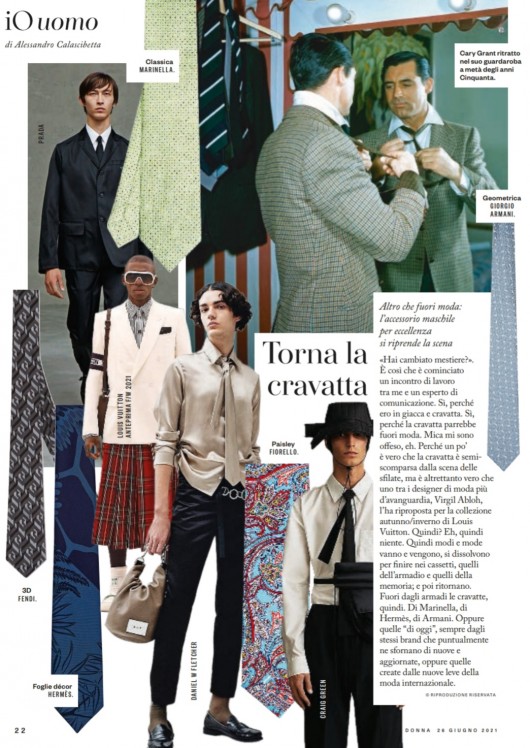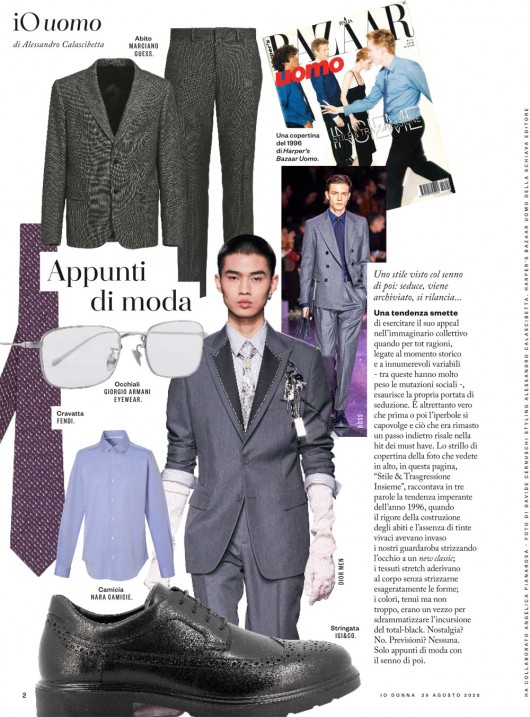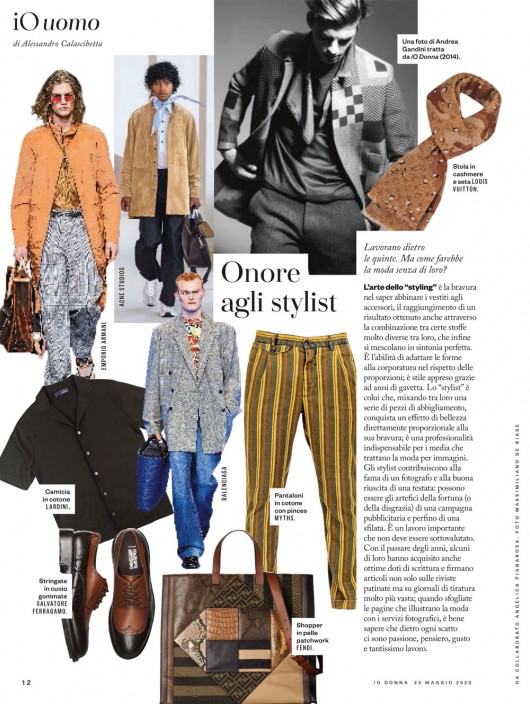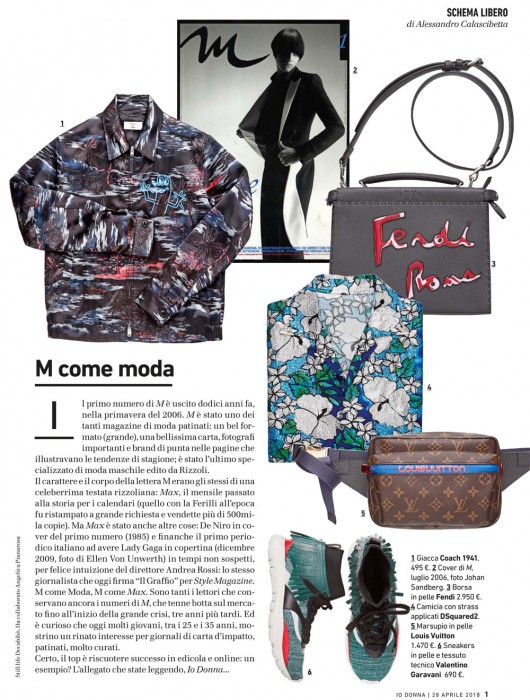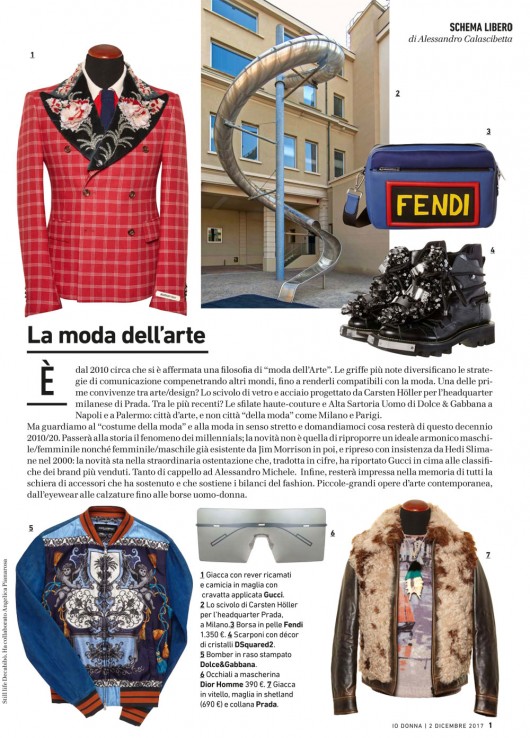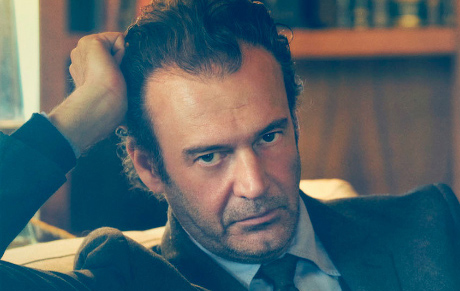IO UOMO – TORNA LA CRAVATTA
The tie is back. “Have you changed your job?”. This is how a meeting between me and a communication specialist started. That’s because I was wearing suit and tie. That’s because the tie is considered unfashionable. Well, I wasn’t offended by that. Because actually the tie is a little disappeared from catwalks during the last seasons, but it’s also true that one among the most cutting-edge designers, Virgil Abloh, has revived it for next Louis Vuitton’s fall/winter collection. So what? So habits and trends come and go, they disappear and then come back after years. So, take your ties out of the wardrobe. Signed by Marinella, Hermès, Armani. Or adopt new ones, from the same “traditional” brands or from young international brands.





